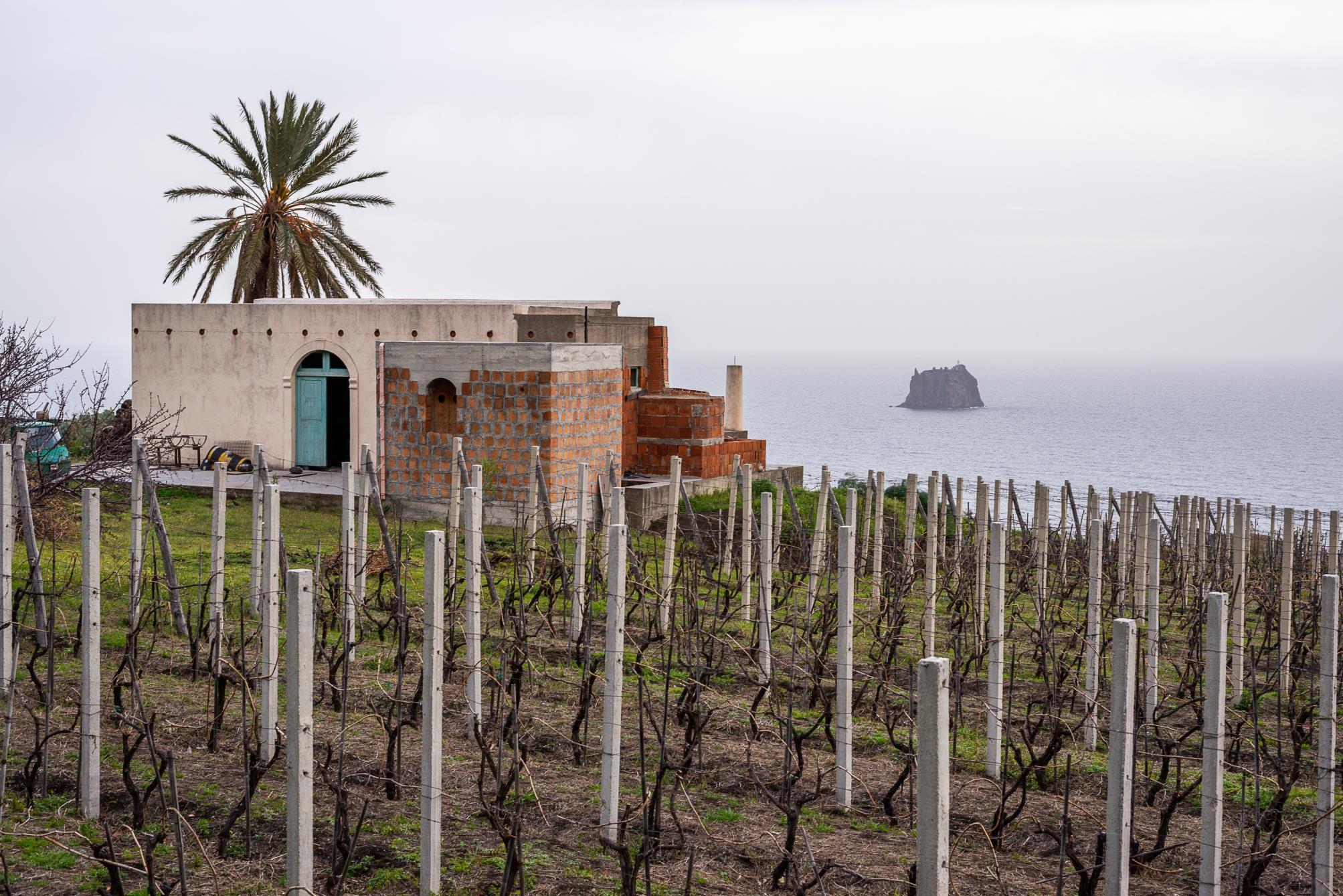STROMBOLI




On the island of Stromboli, human presence is rarefied, almost imperceptible, during winter.
Deciding to live here is a radical choice. The island exists independently of man, who lives by the rules of “Iddu” - “him”, in Sicilian dialect - the volcano.
The few inhabitants devote themselves to what is known as “masonry”, which consists of the renovation, construction and cleaning waiting for the arrival of summer.
The lack of a safe and equipped harbour also makes it difficult for boats to dock in undertow or strong winds, isolating the island even more.
Everything is veiled in an atmosphere of nervous quiet.












"
Nous ne pensions guère à lui ! Le Stromboli ! Quel effet produisit sur mon imagination ce nom inattendu ! Nous étions en pleine Méditerranée, au milieu de l’archipel éolien de mythologique mémoire, dans l’ancienne Strongyle, où Éole tenait à la chaîne les vents et les tempêtes. « Stromboli ! Stromboli ! » répétai-je."
JulesVerne,Voyage au centre de laTerre








“There is an island in the sea - not far from the blissful islands of Zarathustra - where there is a volcano that is always smoking; men, and even more so the old women of the people, say that it is set like a rocky boulder before the gates of the underworld: and that through the volcano a narrow path leads to those gates.”
F. Nietzsche, Thus Spoke Zarathustra
Always interested in the Arts and the processes of creation, she pursued a career as a classical pianist, obtained a diploma in Fine Arts and a degree in Litterature.
By exploring the concept of 'representation', Maria's focus is on the human condition with a particular anthropological interest.
Her photographic approach tends to be based on the search for a connection between the various arts.
